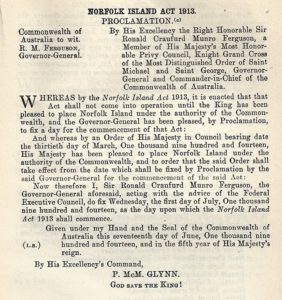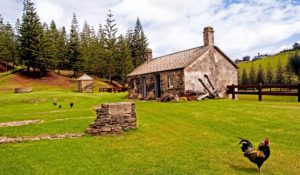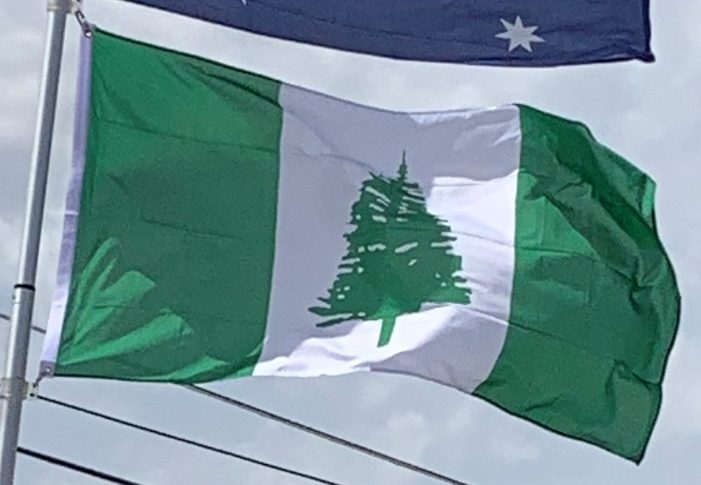
During World War II, the island became a key airbase and refuelling depot between Australia and New Zealand, and New Zealand and the Solomon Islands. The airstrip was constructed by Australian, New Zealand and the United States servicemen during 1942. Since Norfolk Island fell within New Zealand’s area of responsibility, it was garrisoned by a New Zealand Army unit known as N Force at a large Army camp which had the capacity to house a 1500 strong force. N Force relieved a company of the Second Australian Imperial Force. The island proved too remote to come under attack during the war and N Force left the island in February 1944.
In 1979, Norfolk Island was granted limited self-government by Australia, under which the island elected a government that ran most of the island’s affairs.
21st Century:
In 2006, a formal review process took place, in which the Australian government considered revising this model of government. The review was completed on 20 December 2006, when it was decided that there would be no changes in the governance of Norfolk Island.
Financial problems and a reduction in tourism led to Norfolk Island’s administration appealing to the Australian federal government for assistance in 2010. In return, the islanders were to pay income tax for the first time but would be eligible for greater welfare benefits. However, by May 2013 agreement had not been reached and islanders were having to leave to find work and welfare. An agreement was finally signed in Canberra on 12 March 2015 to replace self-government with a local council but against the wishes of the Norfolk Island government. A majority of Norfolk Islanders objected to the Australian plan to make changes to Norfolk Island without first consulting them and allowing their say, with 68% of voters against forced changes.

In March 2015, the Australian Government announced comprehensive reforms for Norfolk Island. The action was justified on the grounds it was necessary “to address issues of sustainability which have arisen from the model of self-government requiring Norfolk Island to deliver local, state and federal functions since 1979”. On 17 June 2015, the Norfolk Island Legislative Assembly was abolished, with the territory becoming run by an Administrator and an advisory council. Elections for a new Regional Council were held on 28 May 2016, with the new council taking office on 1 July 2016.
From that date, most Australian Commonwealth laws were extended to Norfolk Island. This means that taxation, social security, immigration, customs and health arrangements apply on the same basis as in mainland Australia. Travel between Norfolk Island and mainland Australia became domestic travel on 1 July 2016. Norfolk Island residents also became eligible to vote in the ACT electorate of Canberra.
There is opposition to the reforms, led by Norfolk Island People for Democracy Inc., an association appealing to the United Nations to include the island on its list of “non-self-governing territories“. There has also been movement to join New Zealand since the autonomy reforms.
Geography:
The Territory of Norfolk Island is located in the South Pacific Ocean, east of the Australian mainland. Norfolk Island itself is the main island of the island group that the territory encompasses. It has an area of 13.4 square miles, with no large-scale internal bodies of water and 20 miles of coastline.
